The Digital Life of a Road – From Inception to Legacy
Roads form the lifeblood of modern society, yet their planning, construction, and maintenance have long been mired in inefficiencies and siloed workflows. That’s all changing with the advent of digital technologies like digital twins, AI, and cloud-based platforms. From conception to long-term operation, these tools are revolutionising the way roads are designed, built, and maintained.
To explore this evolution, we spoke with Bibhuti Aryal, Industry Director at Bentley Systems. With over a decade of experience integrating innovative tools like digital twins and AI into transportation projects, Aryal offers a front-row view of how roads are becoming smarter, more sustainable, and more efficient.
Aryal’s expertise spans over a decade at Bentley and encompasses the integration of cutting-edge technologies like AI and digital twins into road infrastructure projects. His perspective sheds light on the immense potential of digitisation in shaping the highways of tomorrow.

The Role of Digital Twins in Infrastructure Evolution
At the heart of the infrastructure revolution is the digital twin, a highly detailed virtual representation of physical assets that evolve with real-world conditions. These tool empower planners, engineers, contractors, and operators with data-driven insights.
Digital twins have become a game-changer for the transportation sector. Aryal describes them as: “the foundation of smarter decision-making,” enabling agencies to simulate scenarios, optimise designs, and enhance operations throughout a road’s lifecycle.
“Digital twins let us bring environmental, structural, and operational data into a single context,” Aryal explains. “This unified view allows for proactive decisions that improve outcomes, reduce costs, and ultimately deliver better infrastructure for the public.”
This technological leap addresses pressing challenges like urbanisation, sustainability, and limited resources. By leveraging platforms like Bentley’s iTwin, stakeholders can integrate vast datasets, from geospatial and environmental metrics to traffic patterns, and real-time sensors, into a unified framework creating a holistic view of every project.
Aryal explains: “It’s an open-source way for all of Bentley’s products to contribute to an infrastructure digital twin. It’s also a way for that infrastructure digital twin to consume data from other systems that may not be from Bentley.”
This flexibility ensures interoperability, a critical factor in the success of modern infrastructure projects. As Aryal puts it: “Our goal is to ensure that if you’re planning, designing, constructing, or operating, you are contributing data back into that infrastructure digital twin. This provides users with a 360° view of their asset at every stage.”
“Digital twins enable us to think beyond traditional workflows,” Aryal notes. “They allow us to bring environmental, structural, and operational data into a unified context. The result is smarter decision-making and ultimately, a better experience for everyone who uses or maintains the road.”
This revolution promises to not only streamline workflows but also address critical global challenges like sustainability, urbanisation, and resource constraints.
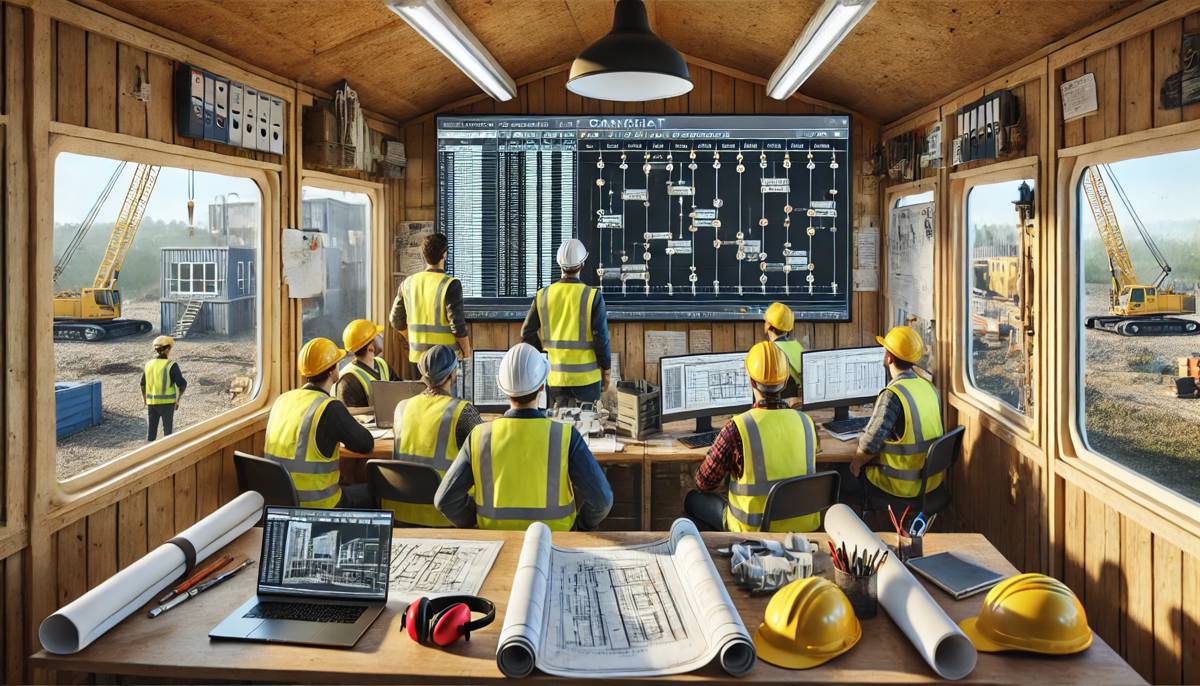
Planning the Future with Feasibility and Early-Stage Decisions
Planning is where the digital journey begins, and the impact of advanced tools at this stage is transformative. By integrating data from diverse sources, agencies can evaluate environmental, geographical, and budgetary constraints with precision.
Simulating Success
Digital twins enable road agencies to integrate and analyse data like traffic patterns, environmental constraints, and underground utilities. Aryal emphasises the efficiency this brings: “When you’re actually getting a project up and running, bringing different stakeholders together, data like existing conditions, environmental impacts, and assets around a particular area become critical.”
For instance, tools like drones and survey point clouds allow planners to replace manual site visits with highly detailed reality models. “You can send drones, use survey data, and bring geotechnical information into context, which really makes a difference,” Aryal explains.
Data-Driven Decision-Making
Aryal highlights how geospatial data enhances planning: “You can bring in existing geotechnical and geological data, reality models, and survey information into a geospatial context. This allows teams to explore multiple options and focus on value engineering.”
In congested urban areas, like Jakarta, these tools are invaluable. “How do you design in a space-constrained, highly populated environment without understanding existing infrastructure and utilities?” Aryal asks. “Digital twins bring these factors into context, ensuring designs are both feasible and optimised.”
London’s Elizabeth Line
The integration of digital tools was pivotal in the planning of the Elizabeth Line, one of London’s most ambitious transport projects. Aryal recalls: “Using our traffic simulation capabilities, our open paths, and our asset analytics portfolio, they were able to determine how best to design this new line. It reduced cars from the road, which has benefits for an urban environment, reducing congestion, emissions, and making travel faster and safer.”
The ability to simulate scenarios like these is critical for achieving urban sustainability goals, particularly in densely populated areas.
Advanced Geospatial Integration
For projects in urban centres like Sydney, where space is at a premium, digital planning tools are indispensable. Aryal elaborates: “Integrating existing infrastructure and underground utilities into a geospatial model allowed engineers to avoid costly conflicts during construction.”
Moreover, technologies like survey drones, equipped with LiDAR scanning cameras provide precise data for creating reality models. “By replacing multiple site visits with high-fidelity drone surveys, agencies save time, reduce costs, and improve the accuracy of their planning,” Aryal adds.
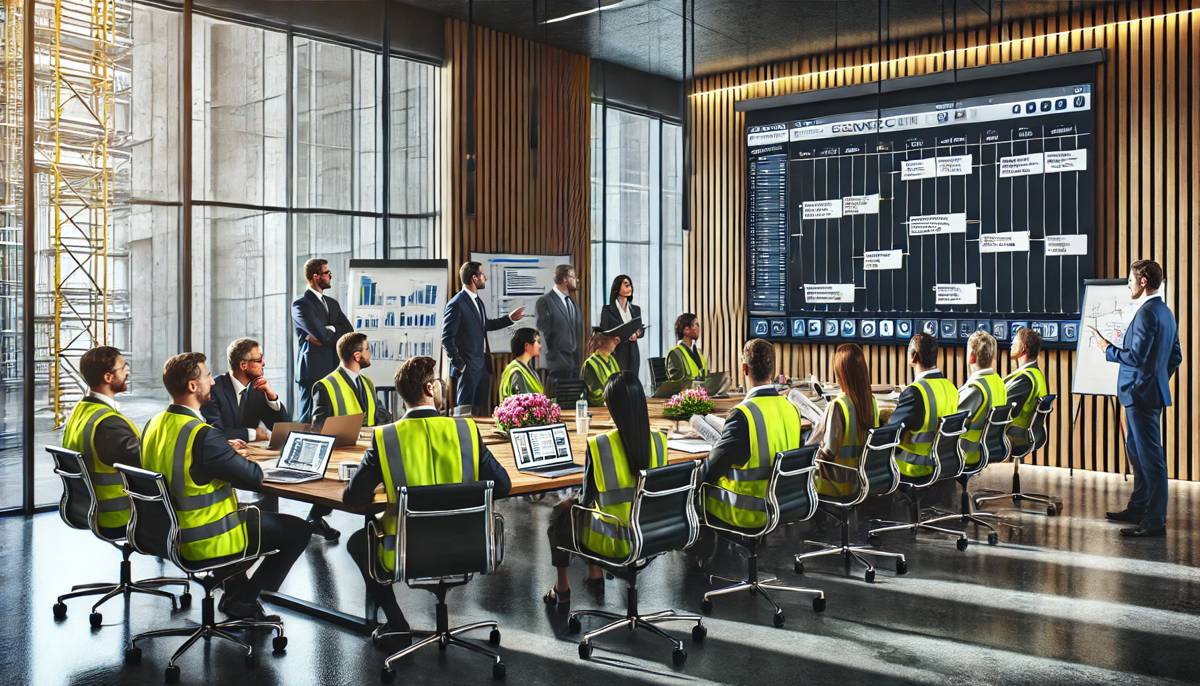
Aligning Stakeholders in Tendering the Process
Building Information Modeling (BIM) digital technologies are also revolutionising the tendering process, replacing cumbersome, paper-based workflows with streamlined, data-driven approaches.
Gone are the days of paper-based tenders and static blueprints. Digital models now play a pivotal role in streamlining the tendering process, transforming the process by providing greater transparency and enabling collaboration across stakeholders.
Embedding Digital Models in Tenders
Aryal explains how digital models simplify tendering: “Model-based delivery transforms quantity estimation, a major part of the tendering process. When digital models embed relevant data—like materials and volumes, you can automate manual tasks.”
By integrating real-time data into tenders, contractors and agencies gain clarity. Aryal adds: “A lot of projects today include unknowns, and that’s where risks like change orders and litigation come in. But if tenders provide robust reality models and defect data, bidders can’t claim unforeseen issues. This reduces contingency costs and ensures accurate bidding.”
Digital Models as a Game-Changer
Model-based delivery systems, like those supported by Bentley’s SYNCHRO, streamline the quantity surveying process.
By including digital models in tender documents, road agencies can eliminate ambiguities. Aryal explains: “When you provide all of this detail in the tendering process, people bidding on the work can’t say, ‘Oh, I didn’t know that,’ and add contingency. You get more accurate cost estimates and stick to them.”
Collaboration Through Transparency
Unified digital repositories like SYNCHRO foster collaboration among contractors, consultants, and agencies. This transparency reduces misunderstandings and speeds up decision-making, ensuring that all stakeholders operate from the same page.
With digital repositories, contractors, consultants, and agencies can work from the same set of data. Aryal highlights a bridge project as an example: “They realised they didn’t need to do some of the work they initially thought they had to. That insight saved them millions.”
Overcoming Challenges for Smaller Contractors
While these tools offer immense benefits, they also raise questions about accessibility. Aryal acknowledges: “The future is already here, but it’s not evenly distributed. Smaller firms must have access to these technologies to remain competitive.” Open platforms and industry-wide collaboration will be essential to ensuring inclusivity.

Design and Engineering – Efficiency Meets Accuracy
Designing a road involves orchestrating data from diverse sources—geotechnical, structural, and environmental—to create a cohesive plan. Digital twins provide the backbone for this complexity, enabling teams to refine designs in real time.
Refining Designs with Real-Time Feedback
Aryal underscores the importance of collaboration: “Road projects involve multiple disciplines, geotechnical, geospatial, civil, structural, and these must work in sync. Digital twins let us see changes in real time, ensuring they’re addressed before construction.”
By embedding compliance and standards directly into design workflows, digital twins also reduce the risk of costly errors. Aryal compares this proactive approach to software development: “You don’t want to find defects when the product is live. Similarly, addressing design issues early prevents delays and safety risks.”
Optimising Designs in Real-Time
Aryal explains: “Road projects are incredibly complex, requiring coordination across multiple disciplines and data sources. Digital twins enable teams to synchronise changes in real time.” Platforms like iTwin allow designers to iteratively refine models, incorporating regulatory standards and geospatial data to avoid costly rework.
Embedding Standards
Aryal highlights how these tools incorporate compliance standards directly into designs. “Ensuring that designs meet organisational and regulatory standards from the start reduces delays and ensures higher-quality outcomes.”
Mitigating Risks Early
One key advantage of digital tools is the ability to simulate and detect design clashes during the planning stages. Aryal likens this to software development: “You want to find defects during the requirements phase, not after coding. Similarly, in construction, issues must be addressed before crews break ground.”
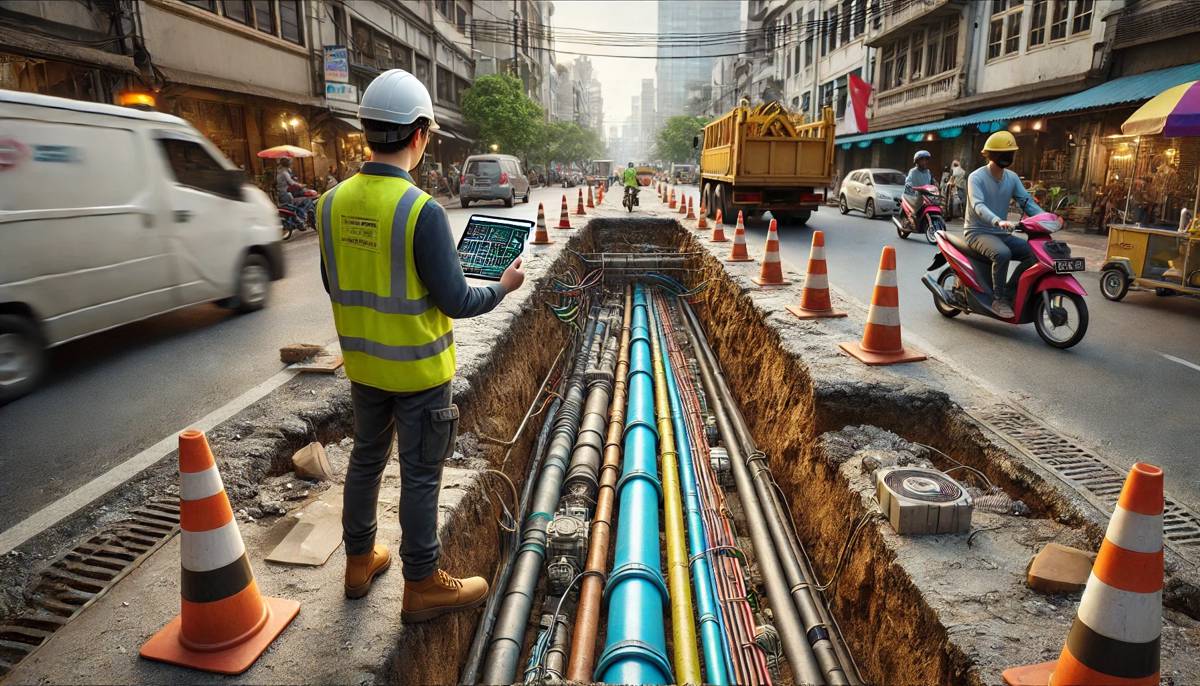
Construction and Project Management – Virtual to Physical
The transition from design to construction often introduces challenges, but digital delivery tools are bridging the gap.
Platforms like SYNCHRO enable teams to simulate construction sequences before breaking ground. This approach ensures resource optimisation and safer work environments. “Virtual construction isn’t just about efficiency; it’s about safety,” Aryal emphasises.
Virtual Construction for Real-World Success
“Being able to simulate construction before crews break ground is invaluable,” Aryal says. In a Minnesota road expansion project, SYNCHRO helped identify utility conflicts, saving $5 million and accelerating timelines. “This proactive approach ensures you’re addressing issues in the design phase, not on the field.”
Real-Time Progress Tracking
On-site teams benefit from real-time updates via mobile devices, ensuring they always work with the latest information. Aryal notes: “Being able to see the most up-to-date information, whether you’re in the field or the office, adds immense value.”
Field Collaboration in Real Time
Real-time updates via mobile devices ensure field teams always work with the most accurate information. Aryal highlights the benefits: “With digital twins, everyone has access to the latest information. This eliminates errors caused by outdated plans and improves on-site coordination.”
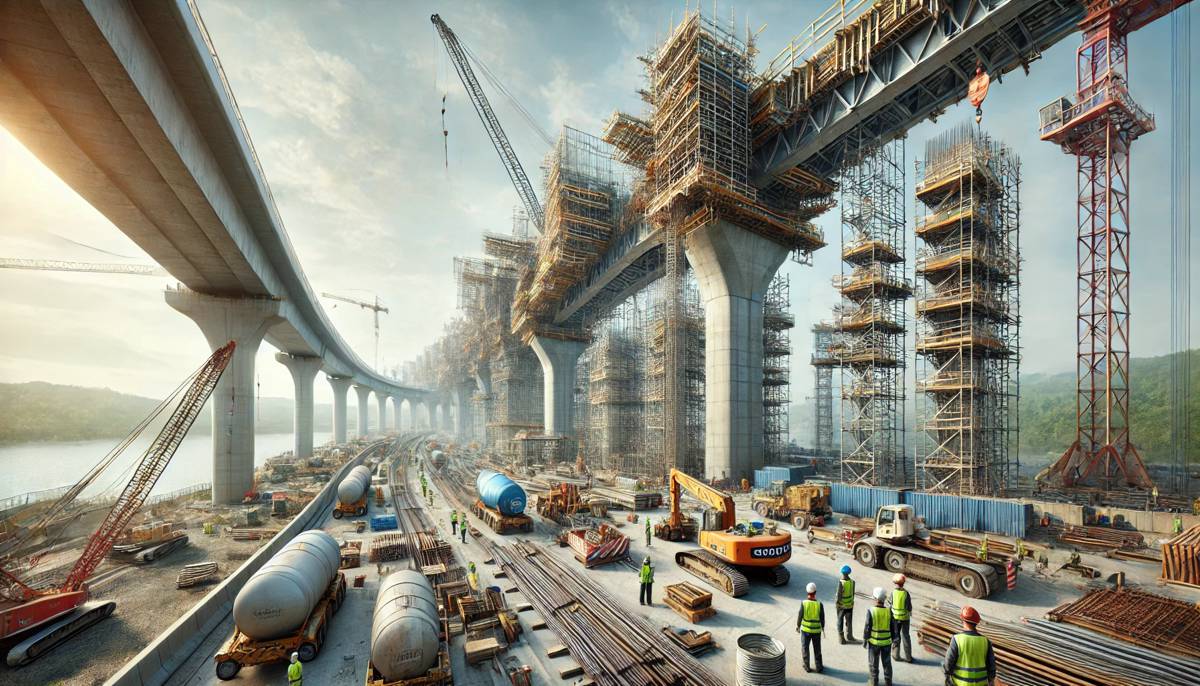
Handover and Maintenance – A Digital Legacy
The benefits of digital delivery extend well beyond construction. By preserving detailed records in a digital twin, agencies can transition seamlessly to long-term maintenance and asset management.
From As-Built to As-Maintained
Aryal emphasises the importance of this continuity: “Being able to hand over every bit of information in context, from design through construction, would revolutionise the way people operate and maintain their assets.”
Maintaining a digital record means you’re not just handing over asphalt and concrete, you’re handing over data, the materials used, the construction methods, the exact locations of utilities, and combining that with real-time health updates.
Comprehensive digital records greatly simplify the transition from construction to maintenance.
Risk-Based Maintenance
Digital twins enable risk-based maintenance by integrating sensors into infrastructure. “That’s the better way,” Aryal explains. “You can inspect and maintain assets on a more risk-based perspective because you have a lot more insight into what happened, and what’s happening.”
Data Continuity
Traditionally, much data is lost during handovers. Aryal highlights the value of preserving as-built records: “Being able to hand over every bit of information in context, from design through construction, would revolutionise the way people operate and maintain their assets.”
Proactive Maintenance
This proactive approach enables agencies to prioritise maintenance based on risk rather than rigid schedules. A bridge that tells you when it needs attention is no longer science fiction.
By integrating sensors into infrastructure, digital twins provide a continuous feedback loop for operators.
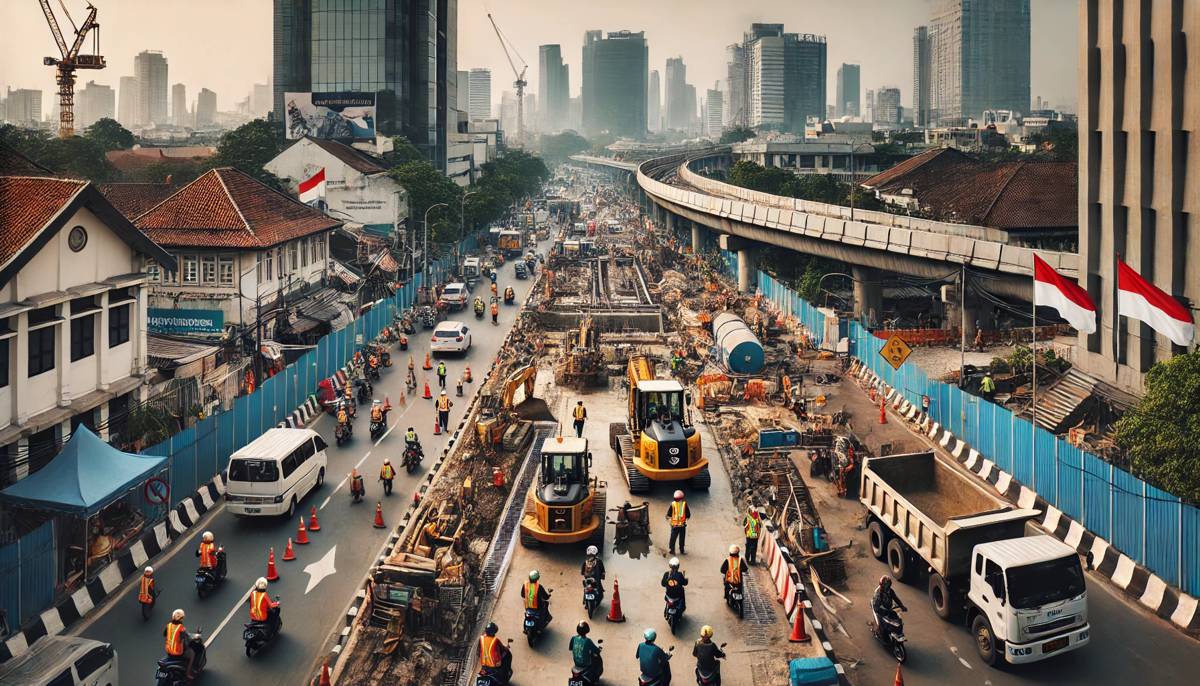
The Role of Data Governance
As infrastructure projects increasingly rely on digital technologies, data has become their most valuable resource. From early planning to long-term maintenance, data drives decision-making, collaboration, and operational efficiency. However, with this dependence comes the critical need for robust data governance—ensuring data is accurate, secure, and accessible throughout a project’s lifecycle.
Ensuring Interoperability To Break Down Silos
Interoperability is at the heart of effective data governance. With large infrastructure projects involving numerous stakeholders—road agencies, contractors, consultants, and operators—data must flow seamlessly across diverse platforms. Yet, data silos remain a persistent challenge.
Aryal underscores the importance of open platforms: “If data isn’t interoperable, it becomes locked away, limiting its value.” To address this, Bentley invests in technologies that integrate data from multiple sources, whether they are Bentley’s own products, other vendors’ solutions, or in-house systems.
Bentley’s iTwin platform is a prime example of this strategy. By offering an open-source environment, it allows stakeholders to aggregate geospatial data, reality models, and operational insights into a unified infrastructure digital twin. This approach ensures that data is not only accessible but actionable, fostering collaboration and reducing redundancies.
Aryal explains further: “Investment in open platforms isn’t just about access. It’s about creating a common language for infrastructure data, enabling stakeholders to align their efforts and achieve better outcomes.”
Quality Assurance for AI
Artificial intelligence is poised to revolutionise infrastructure management, offering predictive insights that can improve efficiency and reduce costs. However, AI’s effectiveness depends entirely on the quality of the data it analyses.
Aryal warns: “AI can only provide accurate insights if fed with accurate data. Ensuring proper governance and validation is essential.” Without quality assurance, AI-driven decisions could lead to costly errors, undermining the potential of these advanced tools.
Governance frameworks, such as ISO 19650, play a critical role in ensuring data integrity. By establishing clear protocols for data collection, validation, and approval, these frameworks ensure that every piece of information is fit for purpose. Aryal emphasises the need for a structured approach: “Governance ensures that the data in the digital twin isn’t just random information, it’s validated, quality-assured, and ready for downstream decisions.”
Cybersecurity and Protecting Critical Infrastructure
As infrastructure becomes more connected, it also becomes more vulnerable to cyber threats. The risks extend beyond financial implications; they can jeopardise public safety and national security. Protecting infrastructure data is therefore non-negotiable.
Aryal draws a compelling analogy: “Just as we trust banks to safeguard money, we must trust cloud providers to secure our infrastructure data. It’s about building confidence through governance and transparency.”
To address these challenges, cloud providers and technology platforms must adopt stringent cybersecurity measures, including encryption, multi-factor authentication, and continuous monitoring. Collaboration with government agencies and adherence to international standards, such as the General Data Protection Regulation (GDPR), further strengthen security protocols.
Bentley’s platforms incorporate these safeguards, ensuring that critical infrastructure data is protected from unauthorised access. Aryal adds: “It’s not just about keeping data safe; it’s about ensuring that the right people have the right level of access at the right time. That’s what governance is all about.”
Data Ownership
Data ownership is a major issue for infrastructure projects. With multiple stakeholders generating, storing, and using data, determining ownership can be a legal and operational challenge.
Aryal acknowledges the complexity: “There are multiple owners of this data. The owner-operators own some of it. The utilities company owns some of it. Interoperability and the ability to share data are critical, provided there aren’t national security or sensitivity concerns.”
He emphasises the need for agreements that clearly define data rights, responsibilities, and usage policies. Open platforms play a vital role here, enabling stakeholders to share data without losing control over proprietary information. “If the data isn’t in a format that users can consume, it gets locked away, even if it’s accessible,” Aryal explains. “This limits its full value.”
Investing in technologies that support interoperability and open standards is essential. For example, Bentley’s Cesium, and partnerships with Google bring together proprietary and open-source data in a geospatial context. This allows stakeholders to layer their proprietary information onto public datasets, creating a comprehensive view of project conditions.
Ensuring Longevity and Reusability
Another aspect of data governance is ensuring that data remains accessible and useful throughout the lifecycle of a project, and even beyond. Aryal stresses the importance of reusability: “Lessons learned from one project should benefit the next. Yet, in our industry, every project often feels like starting from scratch.”
By maintaining data in interoperable, standardised formats, infrastructure operators can build a repository of insights that inform future projects. This continuity not only reduces costs but also accelerates timelines, as stakeholders can draw on validated data from previous efforts.
The Future of Data Governance
The role of data governance will only grow as infrastructure becomes increasingly digitised. Aryal envisions a future where data governance frameworks are embedded into every stage of the project lifecycle, from planning and design to construction and operation.
He concludes: “The industry needs to align around standards, open platforms, and best practices. Data governance isn’t just a technical requirement—it’s the foundation of smarter, safer, and more sustainable infrastructure.”
A Data-Driven Future
Data governance is more than a technical requirement, it is the backbone of modern infrastructure projects. By addressing challenges like interoperability, security, and ownership, stakeholders can unlock the full potential of their data, transforming roads into smarter, more resilient assets. As Aryal put it: “The future of infrastructure isn’t just about building assets; it’s about building intelligence into every stage of the lifecycle.”
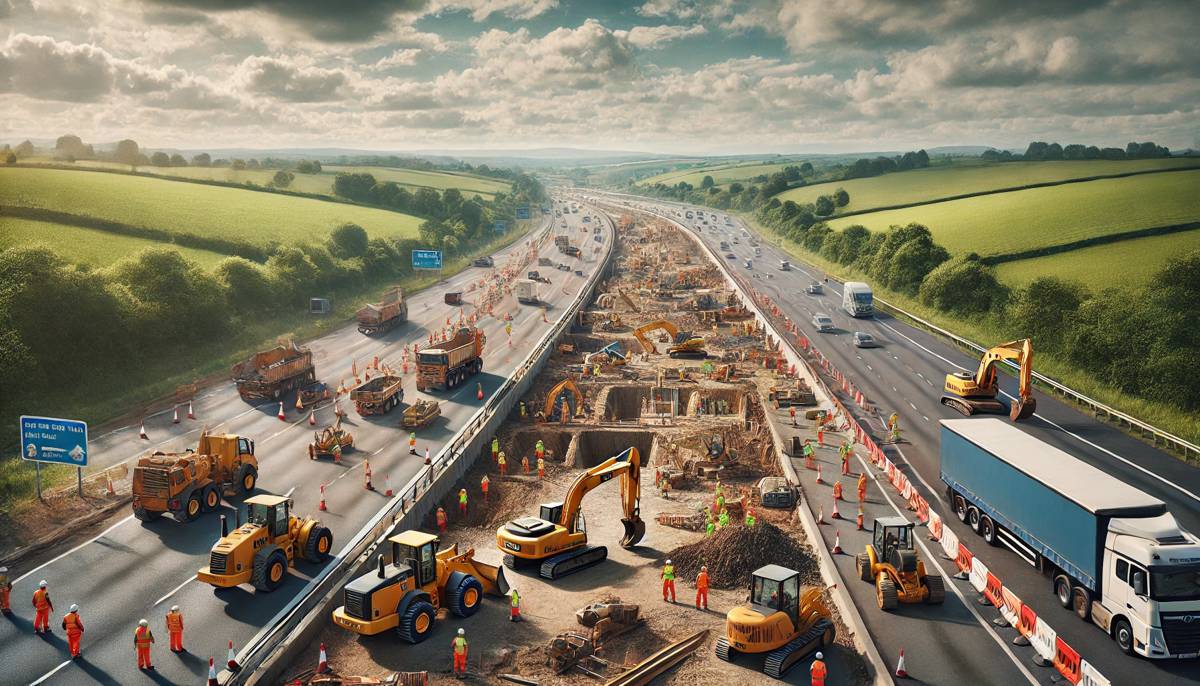
Building the Roads of the Future
Digital delivery tools like iTwin and SYNCHRO are paving the way for smarter, more efficient road projects. Aryal believes the industry is at a tipping point: “The future is already here. It’s about embracing these technologies to tackle the challenges of rising costs, increasing requirements, and resource constraints.”
By adopting a fully digital lifecycle approach, the construction industry can create roads that are not only cost-effective but also sustainable and resilient. As Aryal aptly puts it: “It’s not just about building roads; it’s about building a better future.”
As infrastructure continues to evolve, the potential for digital tools like AI and predictive analytics is enormous. These technologies promise to enhance sustainability, safety, and efficiency across the lifecycle of roads.
“The future is already here,” Aryal says. “It’s about how we as an industry work together, using open platforms, embracing standards, and sharing insights to ensure smarter, safer, and more sustainable roads.”
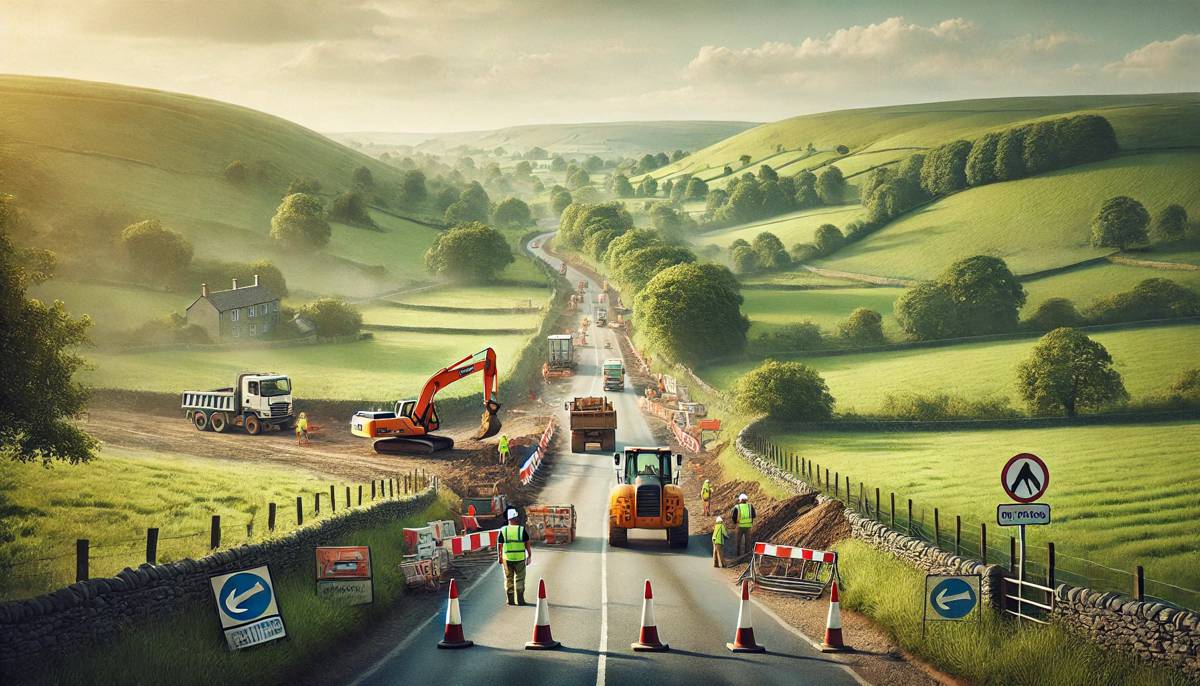
A Call to Action for the Industry
The road to a fully digital lifecycle is not without challenges, but the benefits are too significant to ignore. From reducing costs and improving timelines to enhancing sustainability and safety, digital delivery tools like Bentley’s iTwin and SYNCHRO are paving the way for smarter infrastructure.
Aryal concludes: “The future isn’t about building roads; it’s about building legacies. By embracing digital tools, we can create infrastructure that serves generations to come.”




















